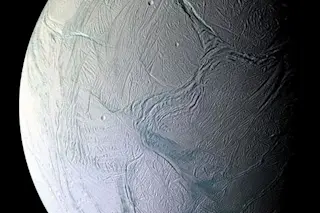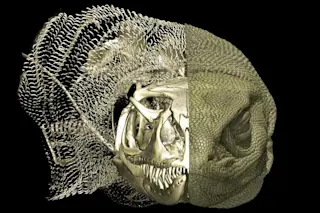There are a number of theories about how life began on Earth, but one new study published October 3 in the journal ACS Nano suggests that the building blocks of life could have been created with liquid crystals.
Liquid crystals have properties of both conventional liquids and solids — they flow like a liquid, but their molecular structure is ordered and symmetric like a solid crystal. You’re likely familiar with them already — liquid crystal display (LCD) screens are used in a multitude of common tech products like computer monitors and television screens.
The same state of matter that makes your television screen light up may have played a role in sparking life on Earth. In one new study, scientists found that short RNA molecules can form liquid crystals, which motivate growth into longer chains that are required for life to develop.
Today, DNA holds our genetic blueprints and RNA ...














